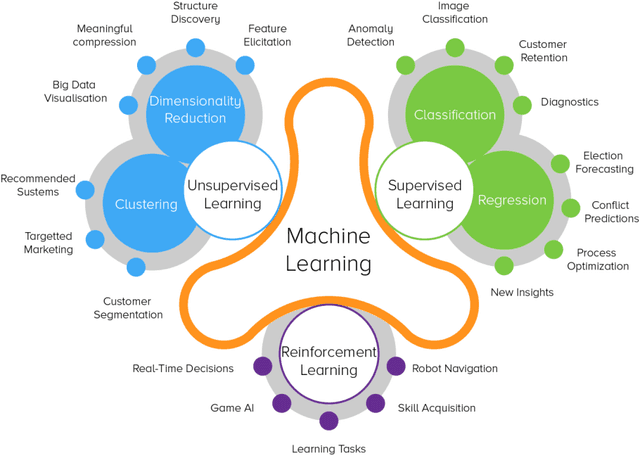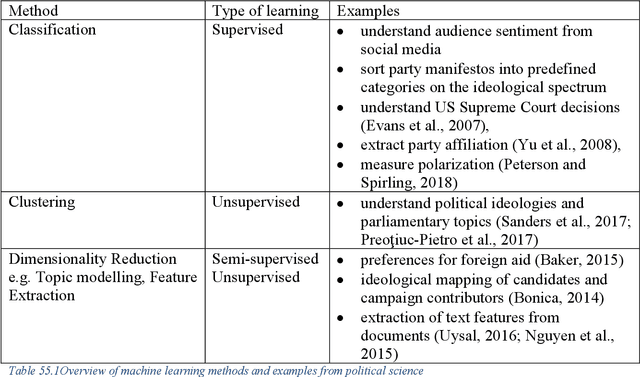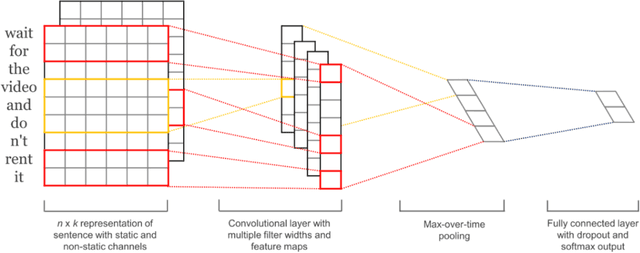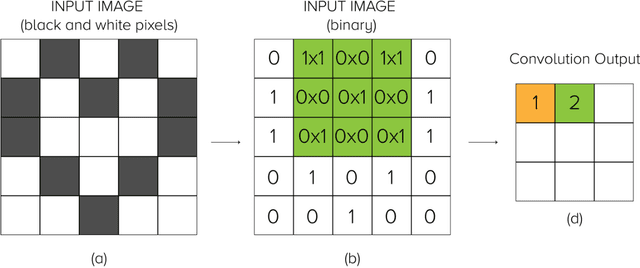Slava Jankin Mikhaylov
Deep Learning for Political Science
May 13, 2020



Abstract:Political science, and social science in general, have traditionally been using computational methods to study areas such as voting behavior, policy making, international conflict, and international development. More recently, increasingly available quantities of data are being combined with improved algorithms and affordable computational resources to predict, learn, and discover new insights from data that is large in volume and variety. New developments in the areas of machine learning, deep learning, natural language processing (NLP), and, more generally, artificial intelligence (AI) are opening up new opportunities for testing theories and evaluating the impact of interventions and programs in a more dynamic and effective way. Applications using large volumes of structured and unstructured data are becoming common in government and industry, and increasingly also in social science research. This chapter offers an introduction to such methods drawing examples from political science. Focusing on the areas where the strengths of the methods coincide with challenges in these fields, the chapter first presents an introduction to AI and its core technology - machine learning, with its rapidly developing subfield of deep learning. The discussion of deep neural networks is illustrated with the NLP tasks that are relevant to political science. The latest advances in deep learning methods for NLP are also reviewed, together with their potential for improving information extraction and pattern recognition from political science texts.
Artificial Intelligence for the Public Sector: Opportunities and challenges of cross-sector collaboration
Sep 12, 2018
Abstract:Public sector organisations are increasingly interested in using data science and artificial intelligence capabilities to deliver policy and generate efficiencies in high uncertainty environments. The long-term success of data science and AI in the public sector relies on effectively embedding it into delivery solutions for policy implementation. However, governments cannot do this integration of AI into public service delivery on their own. The UK Government Industrial Strategy is clear that delivering on the AI grand challenge requires collaboration between universities and public and private sectors. This cross-sectoral collaborative approach is the norm in applied AI centres of excellence around the world. Despite their popularity, cross-sector collaborations entail serious management challenges that hinder their success. In this article we discuss the opportunities and challenges from AI for public sector. Finally, we propose a series of strategies to successfully manage these cross-sectoral collaborations.
Transfer Topic Labeling with Domain-Specific Knowledge Base: An Analysis of UK House of Commons Speeches 1935-2014
Aug 27, 2018

Abstract:Topic models are widely used in natural language processing, allowing researchers to estimate the underlying themes in a collection of documents. Most topic models use unsupervised methods and hence require the additional step of attaching meaningful labels to estimated topics. This process of manual labeling is not scalable and suffers from human bias. We present a semi-automatic transfer topic labeling method that seeks to remedy these problems. Domain-specific codebooks form the knowledge-base for automated topic labeling. We demonstrate our approach with a dynamic topic model analysis of the complete corpus of UK House of Commons speeches 1935-2014, using the coding instructions of the Comparative Agendas Project to label topics. We show that our method works well for a majority of the topics we estimate; but we also find that institution-specific topics, in particular on subnational governance, require manual input. We validate our results using human expert coding.
Multiplex Communities and the Emergence of International Conflict
Jun 02, 2018



Abstract:Recent advances in community detection reveal new insights into multiplex, time-dependent, and heterogeneously structured networks. Less work, however, empirically investigates the relationship between membership in these communities and observable outcomes in social systems. We investigate this question in the domain of politics with an application to a crucial outcome of scholarly interest: the onset of violent conflict in the international system. We differentiate between stronger signals of observed relations and weaker signals of affinity and perform multilayer community detection to locate dense multiplex blocs of countries. Although it is often assumed that detected communities are associated with cooperative outcomes, we find evidence that membership in these communities can also be a significant predictor of conflict. The results point to the need to devote more empirical attention to the relationship between different tie types and observed network outcomes in community detection research.
 Add to Chrome
Add to Chrome Add to Firefox
Add to Firefox Add to Edge
Add to Edge